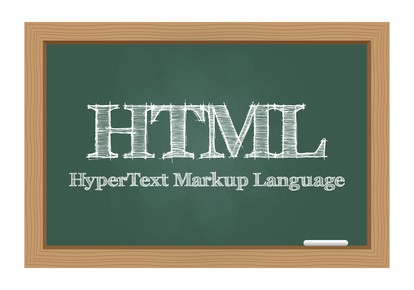With Simplelists you have the option to send emails that are plain text or HTML. So which should you choose?
The answer, as with so many of these questions, is 'it depends’... on the purpose of the email that you are sending. In some circumstances HTML will be the best choice and in others plain text will be preferable.
First it’s worth considering the pros and cons:
HTML Emails - Pros:
The main advantage of HTML emails is that they can look great - you can include colours, pictures, nice fonts and a pretty layout. This means that your email can have visual impact and reading it can be a pleasant experience for the viewer. You can create a professional image.It can also make the email easy to skim - emphasis can be placed on important points so people receive the important information at a glance. You can effectively steer people towards a 'call to action’ by highlighting it in a manner that makes people want to click.
You can include logos for your company or organisation, making the email instantly recognisable while increasing the visibility of your brand. It is also possible to include social media buttons that lead to your Facebook, Twitter or Google+ pages, therefore increasing the reach of the email beyond a single 'call to action’.
Tracking can also be made possible in HTML emails - you can include code to track open rates for the email and click through rates for links within the email.
So HTML emails have loads of advantages, but don’t jump the gun just yet - there are some downsides...
HTML Emails - Cons:
Using templates can hurt your engagement. People get hundreds of emails every week and sort through these, cutting out the irrelevant ones. Most of these irrelevant emails will be made from HTML templates and people subconsciously associate the layouts of these templates with spam. More often than not, people send templated emails to the recycle bin, or worse, the spam folder. In fact, for templated emails if 4% of people who receive the email click on the 'call to action’ it is seen as a huge success! This excellent blog post gives more detail.So, it is best to avoid email templates and create your own HTML emails which can be unique enough to be different from the templates.
This takes us to the next point: you have to have the ability to use HTML and CSS code to create the email. Now HTML and CSS are pretty straightforward but there are some unique points when it comes to emails, because unlike web pages which are read directly in the browser, HTML emails are read in an email client, and each email client is a little bit different. However, by following a few basic rules it is possible to make HTML emails that look consistent across email clients.
Another issue is time - plain text emails can be written in a few minutes but creating a high quality unique HTML email will take longer, possibly a few hours.
Plain Text Emails - Pros:
Personal emails are plain text and people are used to receiving plain text emails - therefore people are more likely to read them compared with HTML emails.They are also very quick and easy to write and with Simplelists you can write a plain text email and send it to your whole list in a few minutes.
Plain Text Emails - Cons:
As you’d expect there are downsides - effectively all the pros of HTML emails are not possible with plain text. You can’t make social media buttons, include a logo or use a distinct layout in a plain text email. You also can’t track open rates with plain text emails (although it is possible to track click through rates).Conclusion
So, there are pros and cons to both plain text and HTML emails and you should consider these when deciding which one to use.A good compromise can be to make an HTML email that looks very similar to plain text but that contains the features that you want, such as a social media buttons, a logo and a subtly highlighted 'call to action’. This way you’ll get the benefits of the personal feel that a plain text email has but with the added advantages that HTML emails can bring.
Above all, avoid HTML email templates as they are likely to be trashed or sent to the spam folder!

